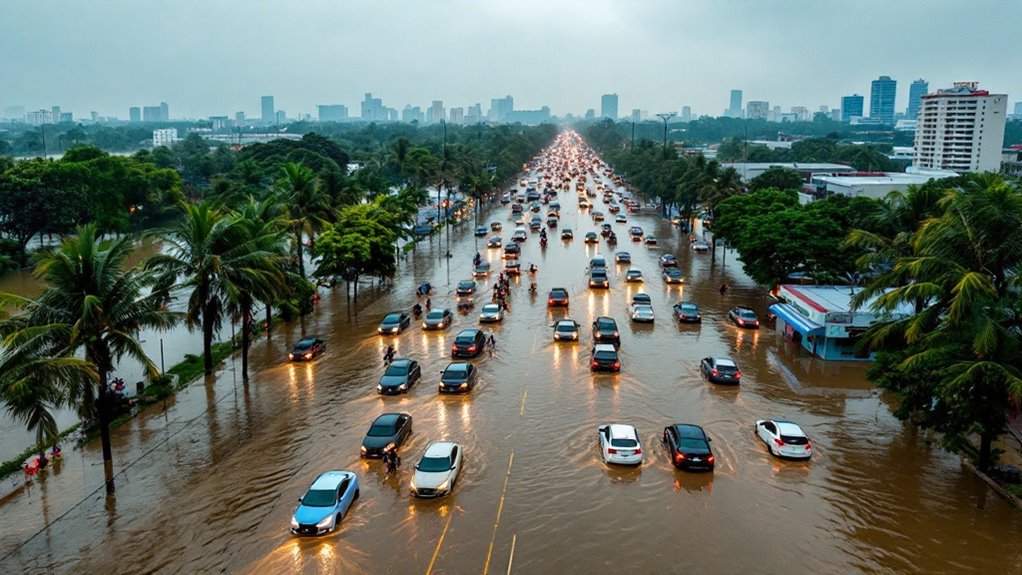On May 6, 2025, a moderate sequence of tremors affected northern Thailand and neighboring regions of Myanmar, with magnitudes reaching up to 4.8 and epicenters near the Myanmar-Thai border. The seismic activity highlighted discrepancies between international and local agencies regarding event locations and intensity, making accurate risk assessment challenging. While no injuries or damage were reported, public concerns rose due to uncertainty over seismic data reliability. For deeper insight into the regional tectonic background and monitoring challenges, further details are available.
Although the recent seismic events were moderate in magnitude, a series of tremors has drawn attention to northern Thailand and neighboring Myanmar, where a cluster of earthquakes between May 4 and May 6, 2025, disturbed multiple provinces. The strongest quake, recorded at magnitude 4.8, struck the Myanmar-Thai border at a depth of 10 kilometers on May 5, marking the most significant event in this sequence.
A cluster of moderate earthquakes between May 4 and 6, 2025, unsettled northern Thailand and Myanmar, highlighted by a 4.8 magnitude border tremor.
Other notable tremors included a 2.9 magnitude event near Loikaw, Myanmar, on May 4, and a shallow 1.9 magnitude quake in Huai Sak, Chiang Rai, Thailand, highlighting varying depths and epicenter locations within a short timeframe.
The affected areas spanned Shan State and Kayah State in Myanmar, and extended to multiple northern Thai provinces such as Chiang Rai, Mae Hong Son, and Nong Bua Lamphu. Depths of the seismic activity ranged from as shallow as 2 kilometers in Huai Sak to deeper events near the Myanmar border. Seismologists noted that the Loei Suture, a major geological fault line in the region, may have contributed to the pattern of seismic activity observed during this period. In recent years, seismic activity statistics indicate that the broader region experiences an average of 19.2 earthquakes per year with a magnitude of 2 or higher, underscoring ongoing tectonic movement.
The May 6 tremor in Nong Bua Lamphu suggested intraplate movement occurring outside the main fault zones, underscoring the complex tectonic dynamics of the region, which is influenced by the collision of the Sunda and Indian Plates and includes faults like the Mae Chan, Phayao, and Sagaing.
Despite the frequency and geographic spread of the tremors, Thai authorities confirmed no injuries or structural damage, and evacuation protocols were not activated. Public safety communications emphasized reliance on official updates rather than unverified social media reports, reflecting a cautious approach in the face of heightened public concern.
Monitoring efforts remained focused on high-risk areas, but no updates to building codes or emergency drill protocols were announced following the events.
Challenges in earthquake monitoring and reporting were also evident. Limited seismic instrumentation in Myanmar may have led to underreporting of magnitudes, and discrepancies between international and local agencies complicated data interpretation.
With overlapped reporting times and past tremors, the region’s seismic risk persists, drawing renewed attention to historical events such as the 2014 Mae Lao earthquake and underscoring the need for ongoing vigilance.








